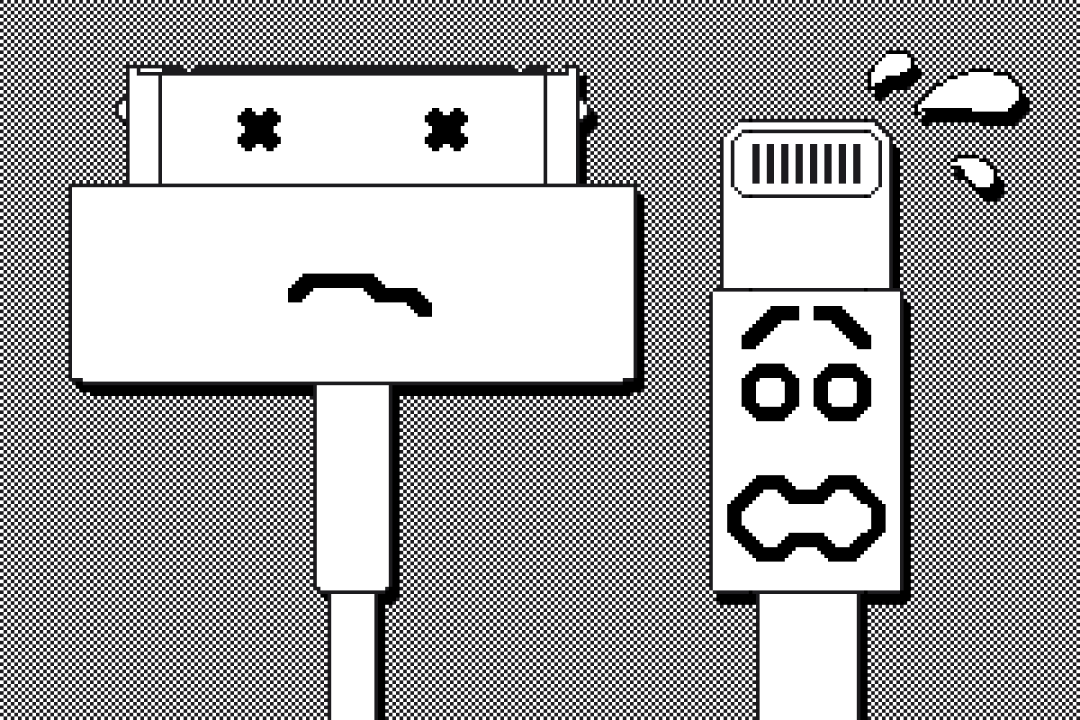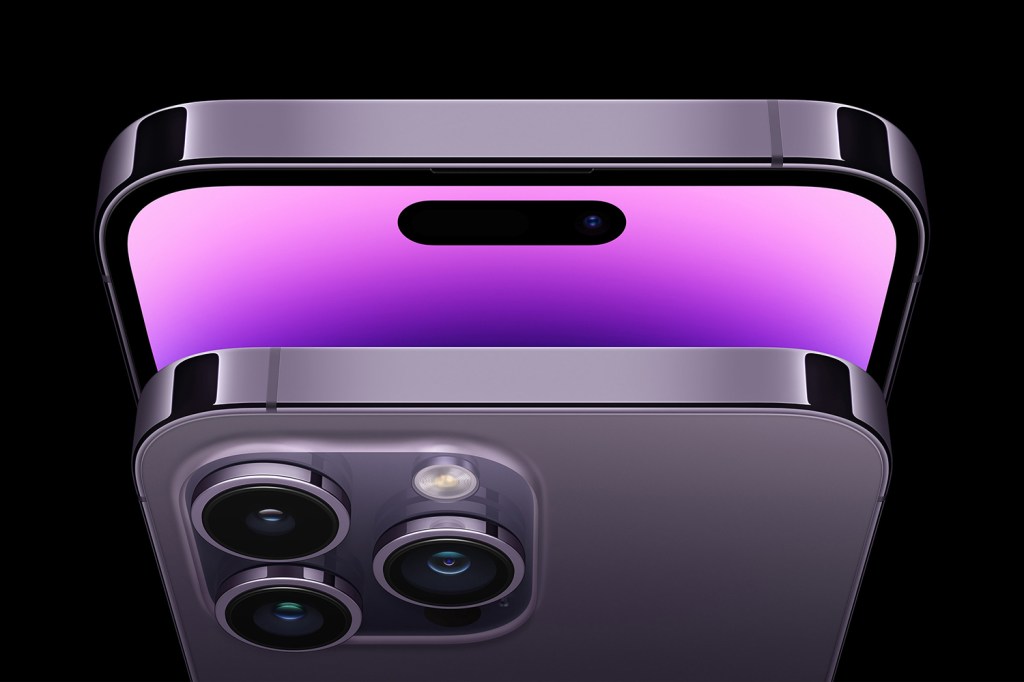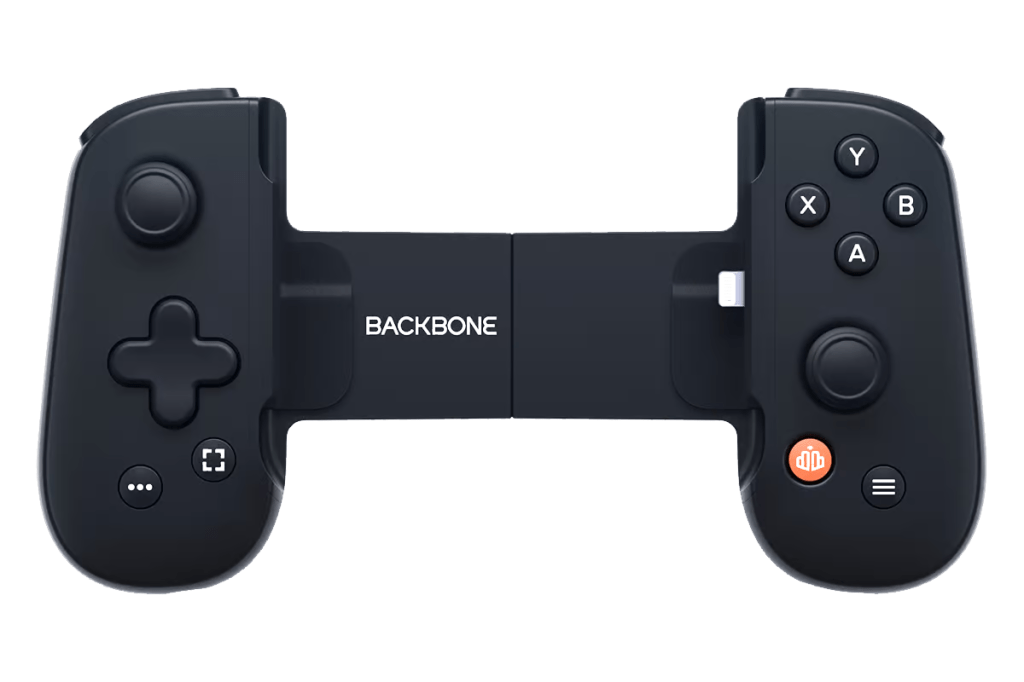Apple to zap Lightning: why a USB-C iPhone 15 is good – and why it’s also bad
It’s that time of the decade when Apple changes its iPhone port, making people fume – and also cheer. (It’s complicated…)

Apple will reveal the iPhone 15 line-up on 12 September. Short of Tim Cook setting fire to Apple’s business model and going all-in on bananas (allowing gleeful headline writers to write ‘APPLE GOES BANANAS’), we’ll see four shiny new iPhones – with shiny new USB-C ports, consigning Lightning to history.
This is good. It means one cable to rule them all. Go on holiday and you won’t rock up at the hotel at 11pm, realise you packed the wrong cable, watch your iPhone conk out, shake your fist at the sky on losing your streaks, and the next day grudgingly splash out 20 bucks on a cable you shouldn’t need.
It’s also bad. You have a house full of Lightning cables and Lightning accessories, which will now be hurled into a skip, forcing you to punch sustainability in the face. Or buy loads of dongles.
If you’re in two minds about all this, you’re not alone. And it gets worse. Dig into the details and you find this row is more complicated than it first appears.
Lightning to USB-C: the good

There are other benefits to a USB-C iPhone. It punts the ‘portless’ iPhone Pro rumour into the distance. Pros shudder at the prospect of such a device. Wireless is inefficient for charging, but worse for data transfer and latency. A portless iPhone would ruin Apple’s flagship for video creators and musicians.
USB-C aids such tasks. Like Lightning, it’s reversible, but it can also be much faster. Rumours suggest the port will be maxed out on iPhone Pro, with blazingly fast Thunderbolt speeds that rip 4K footage off your blower in a jiffy. Ideal whether you’re working on a Hollywood hit or have an obsession shooting high-definition videos of your cat.
For everyone else… well, there’s that fewer cables thing. And potentially better ones. Lightning cables did have a tendency to fray…
Lightning to USB-C: the bad

The thing is, that fewer cables thing isn’t always a benefit. The USB-C spec is a horror show and cables are not created equal, as I recently discovered when my Mac for hours refused to acknowledge some new SSD drives were solid state. Only after plugging them in with a ludicrously expensive Thunderbolt cable did I realise I’d used a wrong and rubbish USB-C cable. Which looked like all my other USB-C cables. Meaning I now need to buy expensive alternatives if I want reliability.
Then for people not buying an iPhone Pro, there’s the likelihood their USB-C ports will merely run at Lightning speed. So all that hassle with little of the reward. And what of accessories? Got a speaker dock? Maybe your iPhone could precariously perch atop a dongle. Keen on form-fitting games controllers? If yours uses Lightning rather than Bluetooth, tough.
Regardless, it’s not like Lightning will vanish on Tuesday. It will take years to work its way through Apple’s product line. Heck, I still own 30-pin dock connectors, due to my original iPad. And as my iPad Air uses Lightning, I’ll keep Lighting cables until they fray into oblivion. Or the iPad stops working.
Lightning to USB-C: the ugly
The other side to all this is that most people are blithely unaware of the details. They’ll just find they have a new iPhone they can’t use with their old cables. They won’t care that Apple exec Phil Schiller called Lightning “a modern connector for the next decade” rather than “a connector you’ll be stuck with until the heat death of the universe”.
They’ll smart at having invested money in an ecosystem and slam Apple for wasting their money. Chunks of the press will leap aboard the anger train, and in the UK also slam the EU’s common charger mandate.
Still, at least in a few years, we won’t have a Lightning Apple Pencil dangling from a USB-C-to-Lightning cable plugged into the USB-C port of an iPad. That will make this all worth it, right?
